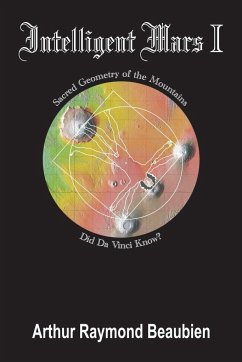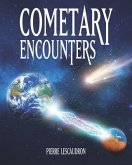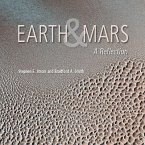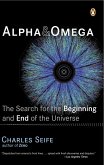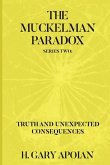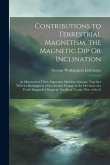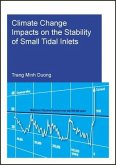Intelligent Mars is a 3-volume series devoted to the study of Martian topography. The key finding of this work is that the landscape did not come about solely by natural processes but has been largely engineered by a highly advanced civilization many eons ago. Using special techniques to obtain accurate coordinates of mountain positions, it is shown in Intelligent Mars I that the major mountains on Mars are artificially arranged in sacred geometric patterns. One of the patterns is the arrangement of Olympus Mons and the 3 Tharsis Montes which is probably best explained by Da Vinci's drawing of the Vitruvian Man. Another 14 mountains create many more patterns. Among other things, this book brings evidence for an ancient Martian prime meridian, demonstrates that earth was visited by beings connected to Mars, and reveals the existence of a huge pyramid in the shape of a pentagram. The wealth of new information provided forces us to re-evaluate our entire knowledge base including the current theory of evolution regarding our own origins. Many will find this to be very unsettling, but we have to meet the challenge and change our behaviours if we hope to coexist with the unquestionable presence of vastly more advanced species in our universe.
Hinweis: Dieser Artikel kann nur an eine deutsche Lieferadresse ausgeliefert werden.
Hinweis: Dieser Artikel kann nur an eine deutsche Lieferadresse ausgeliefert werden.

